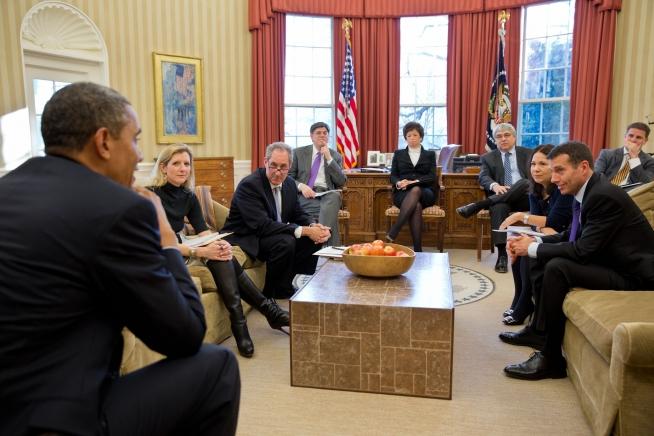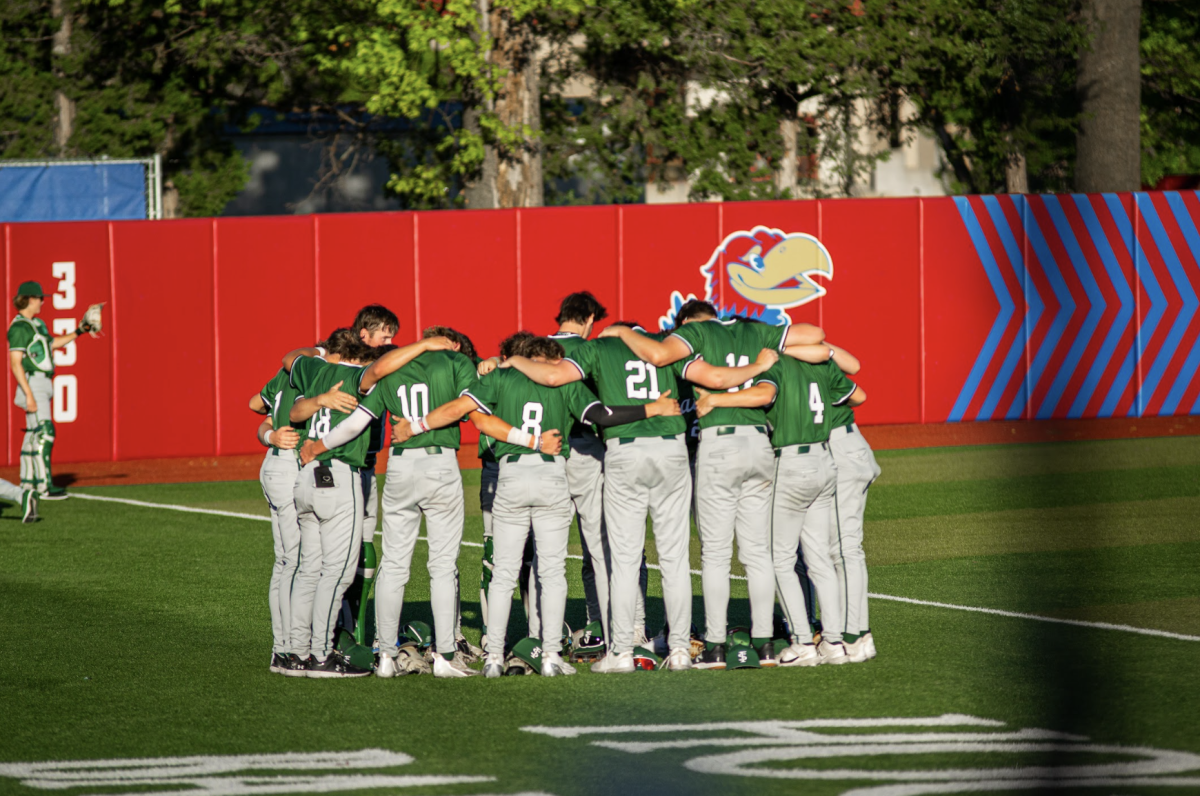 It’s called the ‘Fiscal Cliff’ for a reason. If Congress had failed to come to a decision, the United States would have fallen off of the “cliff” and into a deficit of 1.1 trillion dollars which would lead America to great turmoil.
It’s called the ‘Fiscal Cliff’ for a reason. If Congress had failed to come to a decision, the United States would have fallen off of the “cliff” and into a deficit of 1.1 trillion dollars which would lead America to great turmoil.
Many teens fail to grasp the importance of understanding the fiscal cliff.
In layman’s terms, the fiscal cliff is just a fancy name for when Bush-era tax cuts expire and Obama-era taxes are implemented. This also includes planned government spending reduction.
Now this doesn’t sound like that big of a deal but it actually is.
Obama’s plan was to make Bush-era tax rates permanent for lower and middle class Americans and a partial amount of wealthy people. Only the extremely wealthy 1% of Americans to pay full taxes.
On December 31, 2012 Bush-era taxes would expire. Obama wanted to renew these tax cuts for the lower, middle, and some of the for the upper class yet not the extreme wealthy. A dominant republican congress did not agree with Obama’s plan. Republicans felt that these tax cuts were unfair to the wealthy people. They felt that these tax cuts should be offered to the entire American public, not just the majority.
Both parties had to compromise, like at what household earnings these tax cuts would apply to until there could finally be peace. Under Obama, only certain taxpayers would receive cuts as opposed to every taxpayer in the nation. Now, with Obama-era tax cuts only people who make a year revenue of $400,000.
If Congress failed to pass Obama’s tax cuts, not only would it affect the lower and middle class, but it would also interfere with planned government spending. High taxes would eventually leave America into bankruptcy. While this would benefit America for a while, the contraction would be too big to fix. The main problem would be that the unemployment rate would increase too much and the GDP would decrease, causing chaos in American politics.
Thankfully, Obama’s tax cut plan was signed December 31, 2012 and Congress averted potential fiscal crisis.














![Monitoring the school, School Resource Officer Kasey Wiltz works in her office to help make Free State a safer place. Over the past four years as an SRO, Wiltz has discovered a passion for the work as well as the community. “Once I became a school resource officer, [I found my niche] and I didn't ever want to do anything different,” Wiltz said.](https://www.fsfreepressonline.com/wp-content/uploads/2025/03/Butler_2_11_2025_Casey-Wiltz-2-copy-1200x801.jpg)